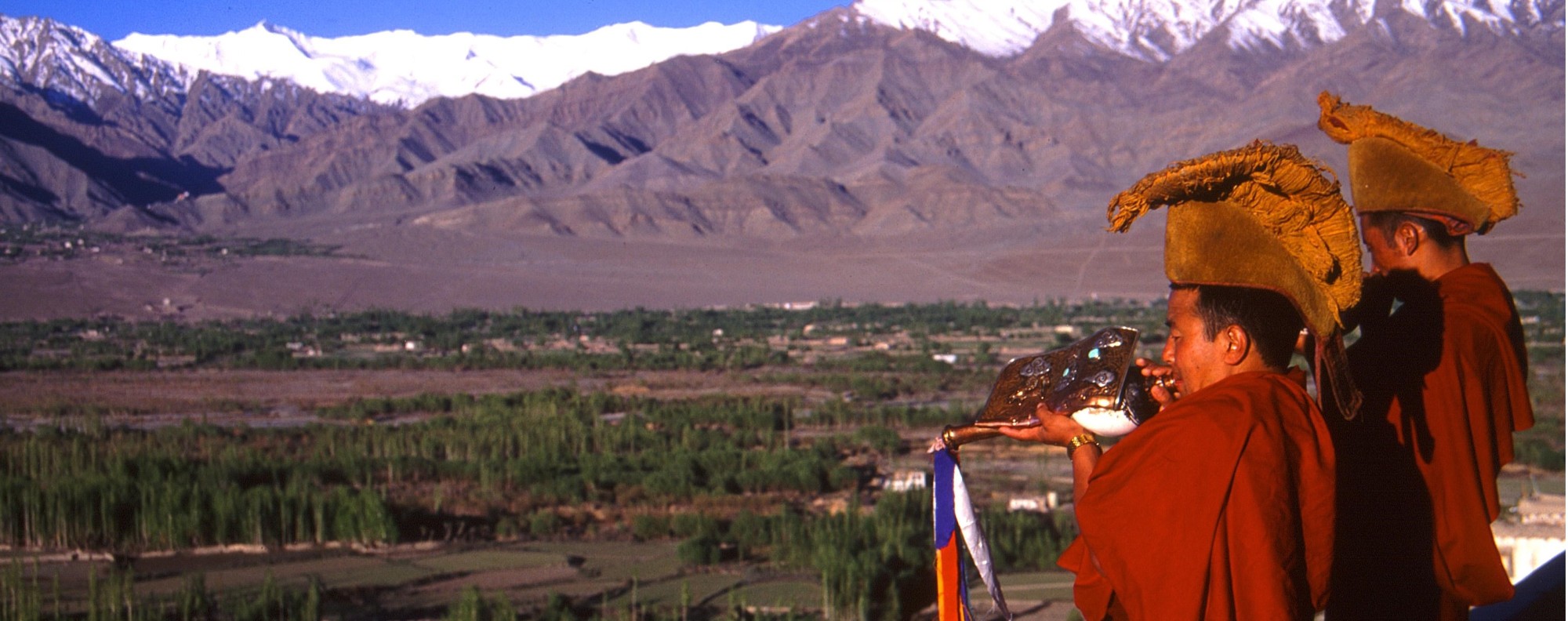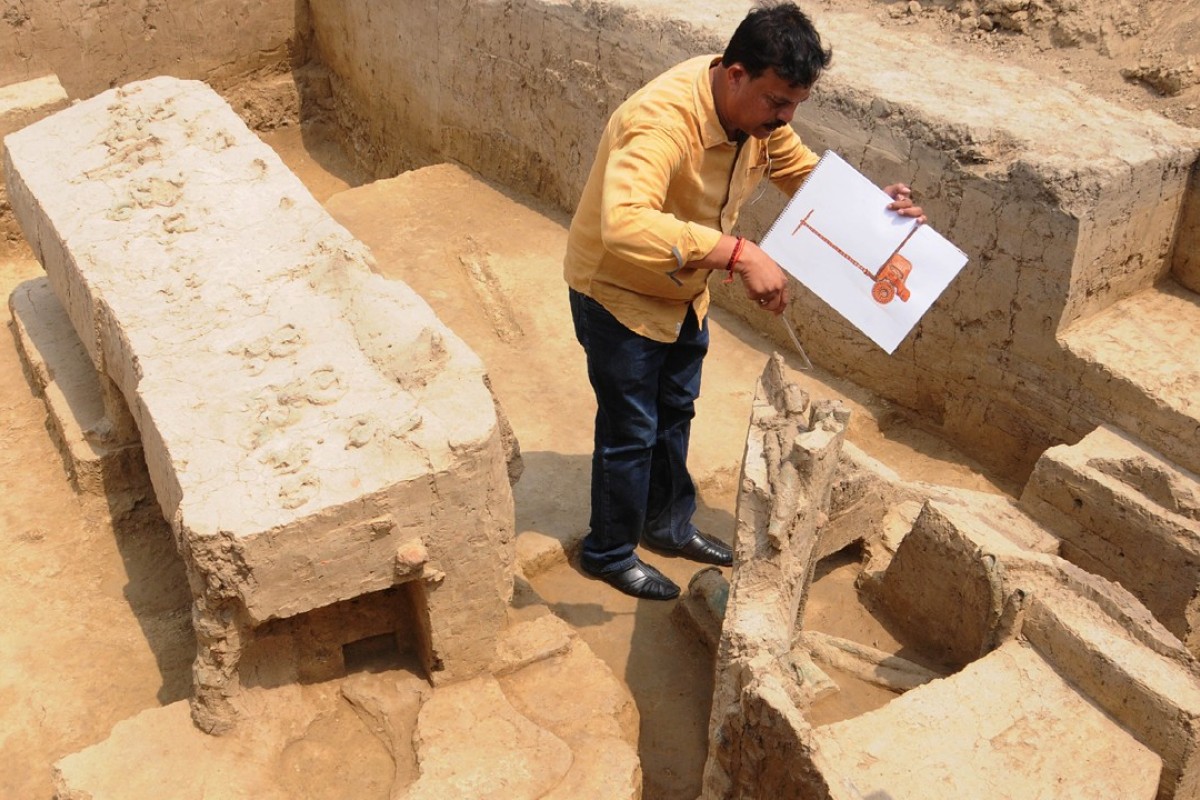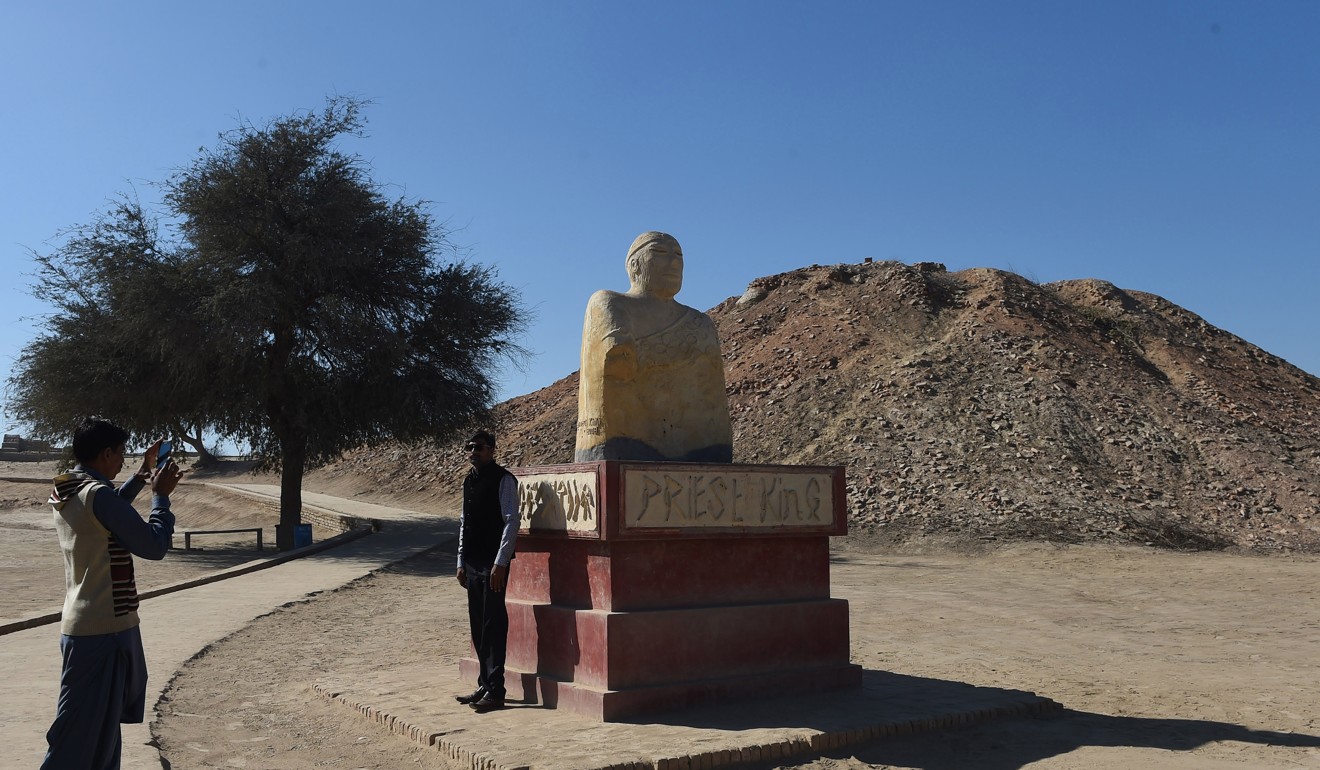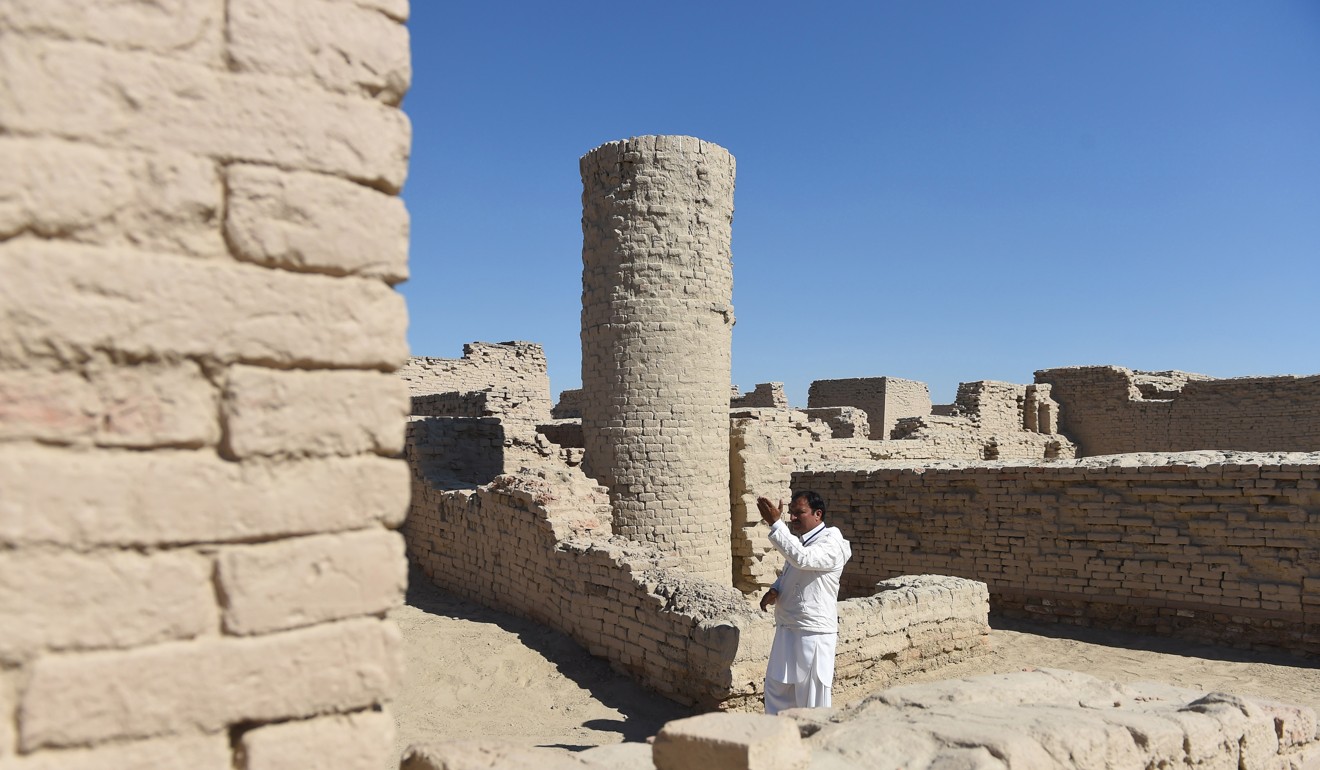
Archaeological and historical theories surrounding an ancient civilisation in the Indus valley have been hijacked by political agendas
BY VIR SANGHVI
 An archaeologist looks at the remains of a chariot belonging to the Indus Valley civilisation at an excavation site in Baghpat. Photo: AFP
An archaeologist looks at the remains of a chariot belonging to the Indus Valley civilisation at an excavation site in Baghpat. Photo: AFPIt is a measure of the mood in today’s India that archaeology, genetics and racial purity have now been co-opted in a debate about current politics. Not since the middle of the 20th Century has racial purity been as important in the politics of a major nation. And yes, the term ‘Aryan’ is being bandied about with a worryingly familiar ease.
The debate is centred on a genuine historical puzzle. In the early 20th Century, archaeologists discovered two ancient urban centres in the Indus Valley region (now part of Pakistan). These discoveries led to a rewriting of Indian history. They suggested that long before the dawn of recorded history (as far back as 3500BC perhaps, or even before), there was a highly developed urban civilisation in India.
Love jihad and Twitter hate
Later, archaeologists found more sites leading them to conclude that the civilisation was not focused only around the Indus river but stretched all the way south to the Indian state of Gujarat. New sites keep being discovered and it is now clear that the cities of the so-called Indus Valley Civilization extended all over North and Western India.
The British archaeologists and historians who made the initial discoveries tried to reconcile them with their traditional view of ancient India. Their theory was that a race called the Aryans lived in Central Asia and then migrated around the world taking their advanced civilisation with them.
One group went to Europe. Another went to Iran. Some came to India and so on. In this version, the Aryans vanquished the original inhabitants of the countries they went to and imposed their ‘civilised’ values. Adolf Hitler seized on this theory, appropriated the Hindu Swastika Symbol and based his politics on the racial purity of Aryan-Germans, treating non-Aryans (such as the Jews) as inferior beings. In Iran, the Shah called himself Aryamehr (or Light of The Aryans) and believed that Aryan-Iranians were more advanced than the Semitic Arabs of neighbouring countries.

A wall covered with swastikas, a symbol of Hinduism, in Ayodhya. Photo: AFP
The main evidence for this theory was linguistic. There are many similarities between Latin and Sanskrit suggesting a common origin. But there were other parallels too, among them, the gods of early religions: you can equate Greek and Roman gods with ancient Hindu gods.
But how did the people of the Indus Valley fit into this scheme? The British quoted ancient Hindu texts which suggested that the ‘Arya’ had defeated the ‘dasa’. The British view was that the ‘dasa’ were Dravidians or early settlers in India who were pushed south by invading Aryans. The Indus Valley population was probably a Dravidian civilisation.
Over the years, there have been many problems with this view. The Indus Valley language is still to be deciphered but there is no proof that it bears any relation to a South Indian (or ‘Dravidian’) language. Nor do excavations reveal any sign of cities destroyed in battle. Whatever killed off the Indus Valley Civilisation, it wasn’t an Aryan invasion.
What a controversy over the Taj Mahal says about a changing India
But even as archaeologists were coming to grips with these mysteries, the Hindu right came up with its own theories. There was no Aryan invasion or even a migration, it said. In fact, there was no Aryan-Dravidian divide. And there was no difference between the people of the Indus Valley and the so-called Aryans. They were all the original inhabitants of India.
Were these theories derived from archaeology and history? Or was there a political agenda?
The answer lay in the issue that sat squarely at the centre of Hindu right-wing ideology: the Hindu-Muslim divide.
According to the right, the Hindus were the original inhabitants of India. Muslims were invaders. Nobody questioned the right of Muslims to live in India but they needed to accept that they had come to a Hindu county from elsewhere. They could stay on as long as they accepted that India always was – and would remain – a Hindu nation.

A replica of a statue discovered at an archeological site of Mohenjo Daro, 425km north of the Pakistani city of Karachi. Archaeologists believe the ruins could unlock the secrets of the Indus Valley people, who flourished around 3,000BC in what is now India and Pakistan before mysteriously disappearing. Photo: AFP
This position collapsed if it could be shown that the Aryans were also invaders or, at the very least, migrants. And as there was little evidence to suggest that the Indus Valley Civilisation was Hindu, then even Hinduism was a religion that had come to India from elsewhere.
So the Hindu Right has struggled to prove that the people of the Indus Valley were Hindus and that today’s Indians are directly descended from them.
India: no country for Muslims
This position has had its successes and failures. Some images of a God-like figure found in Indus Valley excavations have been compared to the Hindu god Shiva. On the other hand, there is a very little evidence to suggest that there were horses in the Indus Valley while early Hindu texts mention the Arya riding in horse-drawn chariots.
But what has more or less settled the issue is the recent development of DNA technology. Scientists have now established that most Indians are a mixture of two different DNAs called Ancestral North Indian (ANI) and Ancestral South Indian (ASI). Though nobody uses the terms, the distinctions coincide pretty clearly with Aryan and Dravidian. Moreover the ANI DNA shares characteristics with Central Asian DNA, while ASI DNA is uniquely Indian.

A two-storey well at the archaeological site of Mohenjo Daro, thought to have been home to the Indus Valley people. Photo: AFP
In some ways, this suggests the view that the Dravidians (ASI) were indigenously Indian while the Aryans (ANI) came from the Steppes, as the old theory had it, was not wrong. Perhaps there was no Aryan invasion, just a gradual migration. Naturally, the Hindu right has rejected this view, rubbished the evidence and launched a counter attack.
The new battle is over Indus Valley DNA. Scientists have extracted the DNA from a human skull found during excavations at a site in Rakhigarhi. The skull is 4,500 years old and does not contain traces of ANI (or the so-called Aryan) DNA.
These finds are bound to be contested but so far, at least, the bulk of DNA evidence suggests that there was an indigenous population in India, long before people with ANI DNA arrived. The people of the Indus Valley have more DNA in common with South Indians than North Indians.
Why the world needs to sit up and take notice of India’s war on meat
It is not hard to see why this would upset those who believe that the so-called Aryan-Dravidian divide does not exist and that Hinduism is an entirely indigenous religion.
If the Aryans came from the Steppes and brought an early version of Hinduism with them, then how were they so different from the Muslims who came much later?
At one level, the debate is silly. All nations are comprised of a mix of peoples who migrated over the centuries. Nobody in the UK for instance, bothers about Normans and Saxons. But once you base your ideology on racial and religious purity, then you commit yourself to a different kind of politics where the battles of thousands of years ago resurface in a modern contest and where research is not a scientific tool but a weapon in political skirmishes.
A former editor, Vir Sanghvi is a columnist and TV presenter
